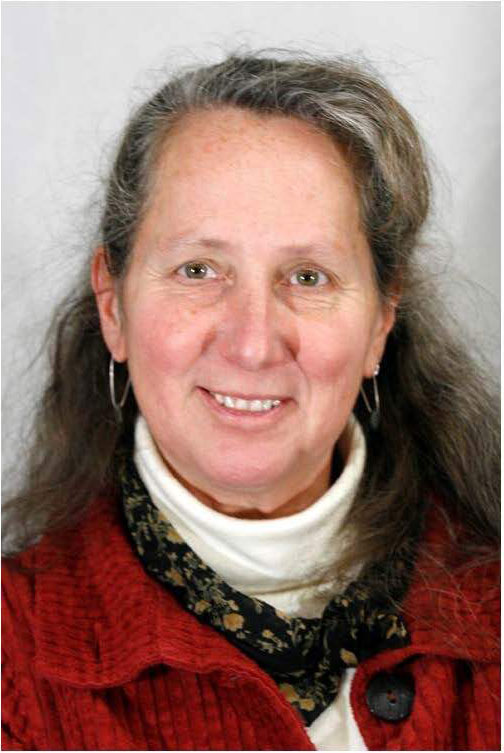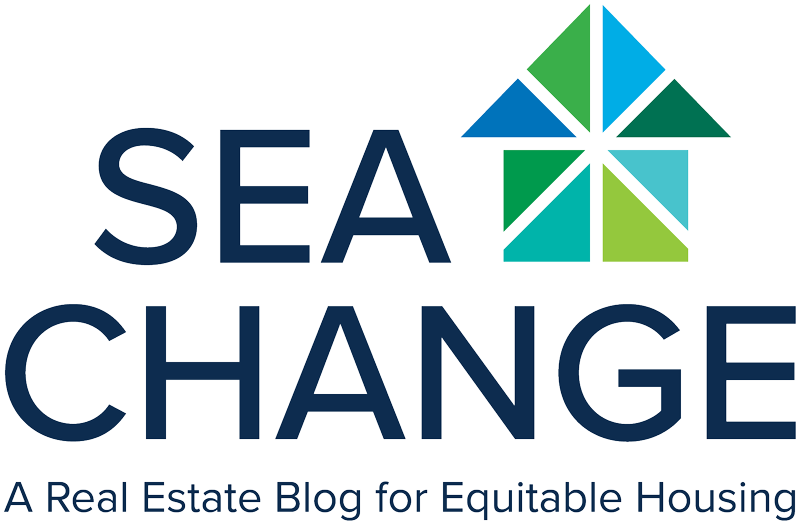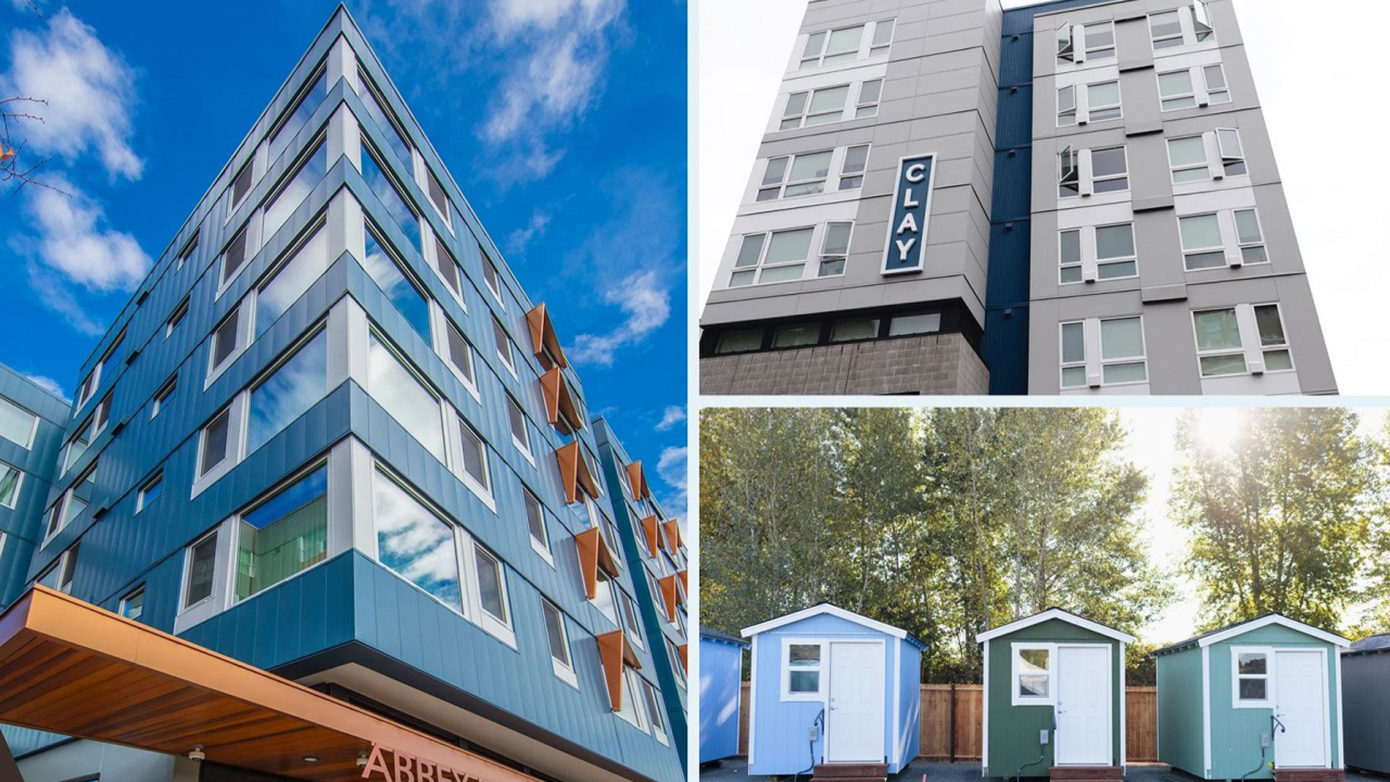A Conversation with Ginger Segel
GINGER
GINGER

SARAH
GINGER
GINGER
Well, I think the city’s been doing a pretty good job. That might be a minority viewpoint in some circles, but the heavy investment has been great, through the levies, the Jump Start tax, and the HALA developer fees. There’s a lot more public investment through the city and affordable housing—that, and the up-zoning. There is more housing diversity, especially in the last five years. Some people hate these little pillbox townhomes, but they are giving access to people that didn’t have access before.
Yes, I talk with my colleagues and clients a lot about the benefits of density. I love telling people about the benefits of being in a Seattle Housing Community like Rainier Vista or King County’s Green Bridge. Those have been successful private/public partnership models for housing in Seattle. They re-sell well, were built around good transportation, and are well-priced for their size and condition. Also, their upkeep is funded by homeowners’ dues.
GINGER
Yes, I feel pretty good about Seattle’s priorities for housing, but you don’t see the same level of investment in the suburbs or the areas around Seattle. Some places where Seattle could make movement is investing more in Black nonprofits. There’s an issue where a lot of nonprofits are white-led, but they serve primarily people of color. And so, there’s this schism in Seattle between who is developing and owning affordable housing and who is living in affordable housing, and working on that disconnect.
GINGER
SARAH
GINGER
SARAH
GINGER
SARAH
GINGER
When I came to Seattle, I was fortunate to get a job with the Tenants Union. I worked on a tenants’ rights hotline and did community organizing. I got deeply steeped in landlord-tenant rights, responsibilities, and the public policies that affect those relationships and the quality of life for tenants. This was in the late 1980s. At that time, it was really shocking to see people with no place to live. That hadn’t been the case before.
There was a systematic change in Seattle. There was an emptying out of the lower-income buildings in the urban core to make way for other types of development. The classic example is the loss of single-room occupancy (SRO) housing. There used to be a lot of SRO housing where people rented a room and shared kitchens and sometimes baths. There was some component of shared space, and the accommodations were super modest, but it was affordable. A lot of people lived there. When that type of housing was either renovated and repurposed or just demolished, that demographic essentially had no options. So that demographic went straight from having an affordable housing option to having no housing option and living on the street.
SARAH
GINGER
SARAH
GINGER
SARAH
GINGER
In Eastlake, for example, there were neighborhoods that were zoned for triplexes. The first Apodment developments were 24 units in three different buildings in triplex zoning. People were furious because these big buildings went in next to their little, tiny old triplex. But with Apodments and other kinds of smaller and funkier housing, there is this kind of American value judgment about what’s appropriate housing—which is really detrimental to the whole conversation. This is one place where I think the market should define what is acceptable. Of course, I think people should be safe. There should be fire codes, there should be ventilation, et cetera.
SARAH
GINGER
Yes, but other than that, I think the market can decide whether 140 square feet is acceptable or not. I don’t think there should be regulation deciding. And similarly, small houses—if you want to live in a 400-square-foot house, you should be allowed to live there.
SARAH
GINGER
SARAH
So, when you went from the tenant work, how did you transition into helping with development?
GINGER
I got involved in homeless activism. It was the late ’80s and early ’90s. We took over empty buildings and we got a lot of public attention on homelessness. But we also got a couple of buildings. What happened was that in one of the buildings, the Arion Court, the owner basically said, “We will sell it to a nonprofit.” The Low Income Housing Institute (LIHI) stepped up and said, “We will buy that building.” So, we got involved with this nonprofit, affordable housing world. There was a parallel track, so we were on the front page of the newspaper and as a result, we were creating public concern for the rise of homelessness in Olympia. They created the State Housing Trust Fund. We didn’t know we were helping to create this new funding mechanism for affordable housing.
SARAH
And I think the Low Income Housing Institute, they’re the ones who do the tiny homes. Correct?
GINGER
They are, but that’s new. They have a history of activism. Their first two buildings were the Aloha and the Arion Court. The owner would say “Just buy it, take it from me and do something with it if you want it so much.” And that’s how LIHI was born. They’ve since become a huge nonprofit, a really substantial provider of housing.
SARAH
GINGER
SARAH
GINGER
SARAH
GINGER
The nonprofits do typically build at a little higher cost. Some of that is for good reasons and some of that is for bad reasons. The good reasons are that they’re subject to prevailing wage laws. Whenever you get public money, you’ve got to pay your workers the prevailing wage. I think most people would agree that workers should be paid good, decent wages. The second is that anything with public money typically has to be built to a higher energy standard, so there are more sustainable practices in the building.
The bad reasons are that they have these super complicated financing packages. So, you spend all this money on the administration of 10, 12, 14 funding sources to get something built.
SARAH
GINGER
SARAH
GINGER
SARAH
GINGER
SARAH
Do you find in Seattle that resistance from neighbors to building affordable housing is costing more money? There was a very widely read article in the New York Times recently about this in Los Angeles.
GINGER
I think in Seattle there’s much less of that NIMBYism. I still find it in rural areas, especially for homeless projects. But it’s not as much, not that it doesn’t ever happen. It’s not as prominent a part of the process as it was 15 years ago in Seattle. That’s my own opinion. I live in central Seattle, and we’ve had a couple of big affordable housing projects. There’s one at Union and 23rd and there’s one at 23rd and Jackson and I don’t think either one of them had community opposition.
SARAH
GINGER
SARAH
GINGER
SARAH
And probably like commercial lending, the rules change all the time. The programs change so you have to keep up with your education about how every little thing works.
GINGER
Yes, I’ve been doing this for 30 years and there are a couple of people like me, so we know, “Oh, that’s that old HUD program that morphed into this program and then became this.”
SARAH
GINGER
SARAH



